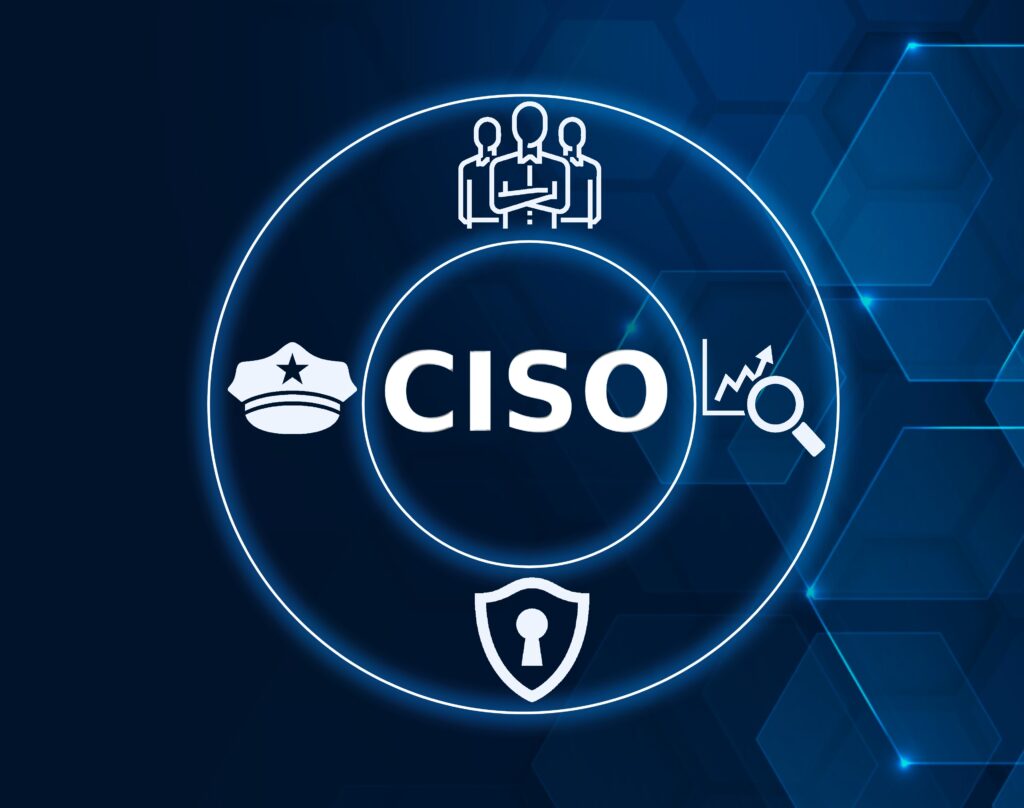Author: Scott Whyte
Advisor & Former Chief Strategy Officer
ClearDATA
There is bad news and there is worse news when it comes to the skyrocketing cost of healthcare in the U.S. The bad news is that according to the Centers for Medicare and Medicaid Services (CMS), the total bill for healthcare in 2013 came to $2.9 trillion, which translates to 17.4 percent of the gross domestic product (GDP). The worse news is that if nothing changes, CMS projects that cost will rise to nearly $4.8 trillion by 2021, accounting for almost 20 percent of the GDP.
Fortunately, the outlook isn’t all bleak. The future isn’t written yet, and like Ebenezer Scrooge in the Dickens classic A Christmas Carol, we still have the opportunity to change it.
One of the key strategies being promoted to help bring the cost of healthcare under control while improving its quality is population health management (PHM). Rather than the traditional approach to healthcare, which focuses on treating individuals after they become ill, PHM uses data acquired from large groups of people (populations) with similar conditions or health risks to determine the best ways to treat individuals and help them stay healthy. The premise – which is inarguable – is that healthy people cost a whole lot less than sick ones.
Building blocks of population health management
As you might imagine, the fundamental building block of PHM is data. Lots and lots of data. It is one of the reasons CMS has directed the implementation of Electronic Health Records (EHRs) and put in the guidelines, incentives and penalties around Meaningful Use. In theory, gathering data electronically makes it easier to share and aggregate in large quantities.
In practice, however, it hasn’t quite worked out that way. While healthcare data is becoming increasingly electronic – the Institute for Health Technology Transformation (iHT2) says the total volume of healthcare data in 2011 was 150 exabytes, and will continue to grow into the zetabytes or even yottabytes soon after – much of it still remains siloed, either in individual applications or healthcare organizations. It is like having a jigsaw puzzle where all the pieces exist but are scattered across the country.
To make PHM work on a large enough scale to affect costs and outcomes in a meaningful way, the healthcare industry needs to break down those barriers and make all this data accessible to researchers and clinicians. Not just data from EHRs, but also from hospital-based devices, PACS images, remote patient monitoring devices, consumer wearables and applications such as Apple’s Healthkit, and other sources. Gaining this longitudinal view of populations – especially those with chronic conditions who account for 75 percent of the cost of healthcare – will help the U.S. healthcare industry take a giant leap forward in achieving the Institute for Healthcare Improvement’s (IHI) Triple Aim of improving the health of populations, reducing the cost and delivering a better patient experience (including quality, access and reliability).
Sharing data on neutral ground
This is where a Health Insurance Portability and Accountability Act (HIPAA)-compliant, cloud-based health data management services provider can be a game-changer. A good cloud provider will have the ability to acquire data from all these disparate sources and synthesize it in a way that is usable to clinicians and researchers working on PHM initiatives while ensuring the security and confidentiality of protected health information (PHI). It will also have the ability to easily scale as the volume of data increases, relieving IT departments of the need to expend budget and resources to grow and manage an internal data center. Which, of course, allows IT to focus its efforts on helping clinicians and researchers derive valuable insights out of the data rather than simply maintaining hardware and software.
Perhaps one of the most significant advantages a HIPAA-compliant cloud-based services provider offers is neutral ground for gathering broader information. Healthcare organizations are traditionally reluctant to share their data outside their own firewalls. And rightfully so. In addition to the competitive considerations there are also the confidentiality risks.
Aggregating data in the cloud makes data accessible from any location and on a variety of devices, including personal smartphones and tablets (bring your own device). Of course, a good cloud-based services provider will offer the option of running virtualized applications within its data center, which means data is protected if a device is lost or stolen since no PHI is actually downloaded to it.
Healthcare organizations are responsible for their PHI, both in-transit and at-rest. Even if it is resting in another organization’s system. If HIPAA-protected information is accessed by unauthorized entities or stolen outright, the penalties are severe.
Advantages of a healthcare-focused cloud provider
A HIPAA-compliant cloud-based services provider offers a secure, organization-independent location in which to aggregate data, answering concerns about sharing PHI with outside entities. Working with a HITRUST-certified provider provides additional assurance the data will be protected in accordance with all the most rigorous federal, state and industry standards.
Finally, a cloud-based services provider that focuses exclusively on healthcare will have the ability to de-identify patient-specific information so the data can be used while safeguarding PHI.
Analyst firm Frost & Sullivan predicts that by 2023, clinical outcomes will have shifted to incorporate a patient-centric model, and treatment focus will move to a more collaborative and shared model that emphasizes prevention and wellness. PHM is at the center of these changes.
A HIPAA-compliant cloud services provider makes it easier to gather the puzzle pieces in one place to help healthcare organizations see the complete picture – and get a jump-start on that future.


